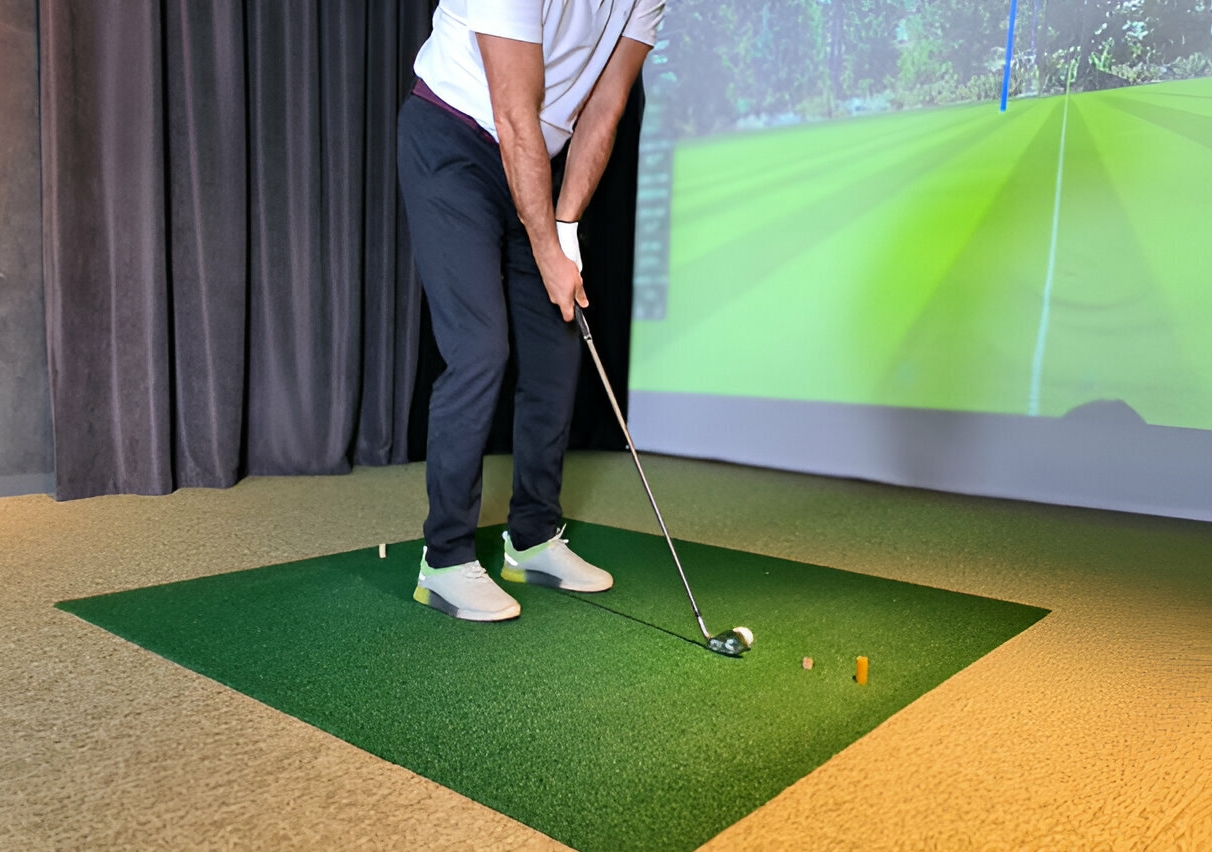Physical Address
304 North Cardinal St.
Dorchester Center, MA 02124
Physical Address
304 North Cardinal St.
Dorchester Center, MA 02124

The advent of golf simulators has transformed how enthusiasts engage with the game, particularly in settings where outdoor play is not feasible. These innovative devices offer a realm of possibilities, from practice to entertainment, by emulating the golfing experience within the confines of indoor spaces. However, a critical question often arises: how accurate are golf simulators? To delve into this inquiry, we need to explore the technology that drives these simulators, the factors that influence accuracy, and the key differences between various types of simulators.
Golf simulators rely on a sophisticated amalgamation of technology to recreate realistic golfing experiences. Core components typically include high-speed cameras, infrared or radar sensors, and advanced software algorithms. High-speed cameras capture the golf ball’s speed, spin, launch angle, and trajectory immediately after being struck. Infrared sensors or radar systems provide additional data points to enhance measurement precision.
The software at the heart of these simulators processes this data rapidly to render a virtual flight path of the ball, simulating different environmental conditions and terrains of various golf courses around the world. These realistic 3D graphics combined with physics models create immersive environments where players can practice or compete in simulated tournaments.
At the core of any accurate golf simulator is its simulation algorithm, which interprets raw data into the visual and interactive experience of golf. The physics engine handles several aspects of the game, including ball flight dynamics, environmental effects such as wind resistance, and how the ball interacts with different surfaces (e.g., fairway, rough, sand, or water).
Accurate simulation requires meticulous modeling of physical interactions, such as spin and trajectory against air resistance and gravitational forces. These models need to be sophisticated enough to mimic real-world behavior remarkably closely, so any discrepancies are minimized, ensuring the data input translates into a realistic output.
The accuracy of a golf simulator is heavily influenced by the quality and placement of its sensors. High-end simulators are equipped with advanced, high-resolution cameras and radar systems that capture minute details with remarkable precision—such as the ball’s revolutions per minute (RPM) and precise launch angles. Less advanced systems might struggle with such precision, leading to variations in the accuracy of the simulation.
Proper placement of these sensors is crucial for capturing the right data. For example, cameras and sensors must be strategically positioned to accurately record the angles and speed from the moment of impact, determining the variables used in simulation software.
The human element—a player’s swing dynamics—introduces additional variables that can affect simulator accuracy. Variations in how individuals strike the ball can lead to significant differences in how data is interpreted. For instance, inconsistent swings might result in erratic data that could skew results even with the most sophisticated technology.
Simulator software often allows for customization and calibration to account for these personal swing variables, providing users the capability to adjust settings for better personal accuracy. However, without careful calibration, these swing dynamics can still lead to discrepancies between simulated performance and real-world play.
The market for golf simulators is diverse, with options ranging from high-end, professional-grade systems to more budget-friendly, mid-range options. High-end models typically offer superior sensor technology, finer graphics, and more accurate physics engines. This translates into a more precise and realistic golfing experience that closely mimics outdoor gameplay, justifying the often hefty investment for serious golfers or professional training facilities.
Mid-range simulators typically offer reduced costs, balancing between achieving reasonable accuracy and affordability. While they may lack the advanced features of high-end systems, innovations in affordable sensor technology have allowed these mid-range simulators to deliver satisfactory accuracy for casual users or those new to the game.
Another crucial differentiator is the versatility and variety of courses offered by the simulation software. Premium software tends to offer an extensive library of famous golf courses, advanced gameplay modes, and the ability to engage in online competitions or training modules. The sophistication of these options significantly impacts the accuracy and immersion of the simulator experience.
Course-specific details, such as elevation changes, surface textures, and environmental conditions are captured with varying degrees of fidelity across different simulators, affecting the overall realism and accuracy of simulation outcomes.
In summary, golf simulators offer a remarkable intersection of technology and sport, providing golfers with new ways to enjoy and improve their game. Their accuracy hinges on the interplay of robust hardware, sophisticated software, and individual user variables. While high-end models deliver unparalleled accuracy, mid-range models still offer worthwhile experiences balanced by their budget-friendly nature. Understanding these dynamics allows users to choose simulators that best fit their needs, whether for entertainment, practice, or professional training.